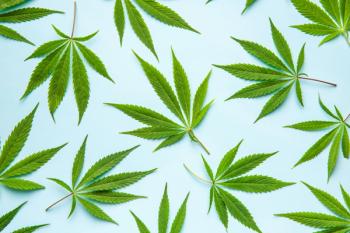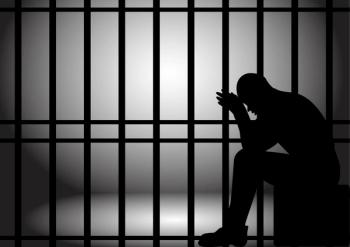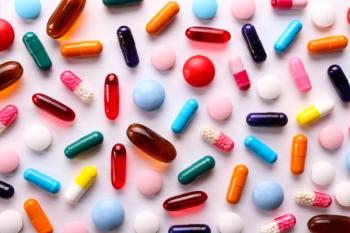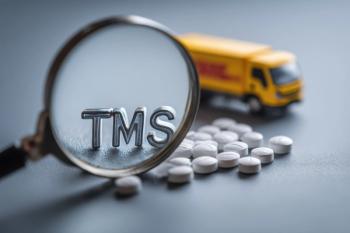
|Slideshows|December 13, 2018
5 Classic Hallucinogens Studied in the Treatment of Addictions
Author(s)Michael P. Bogenschutz, MD
This slideshow provides information about the compounds, clinically relevant attributes, approximate dose, and data under study.
Advertisement
Newsletter
Receive trusted psychiatric news, expert analysis, and clinical insights — subscribe today to support your practice and your patients.
Advertisement
Latest CME
Advertisement
Advertisement
Trending on Psychiatric Times
1
Competence and Compassion in the Reiner Family Tragedy
2
Religion and Spirituality in Psychiatry and Mental Health: Clinical Considerations
3
Dronabinol for Agitation in Autism Spectrum Disorder: Research From the National Update on Behavioral Emergencies Conference
4
FDA Recommends Additional Phase 3 Trial for Brilaroxazine for Schizophrenia
5













